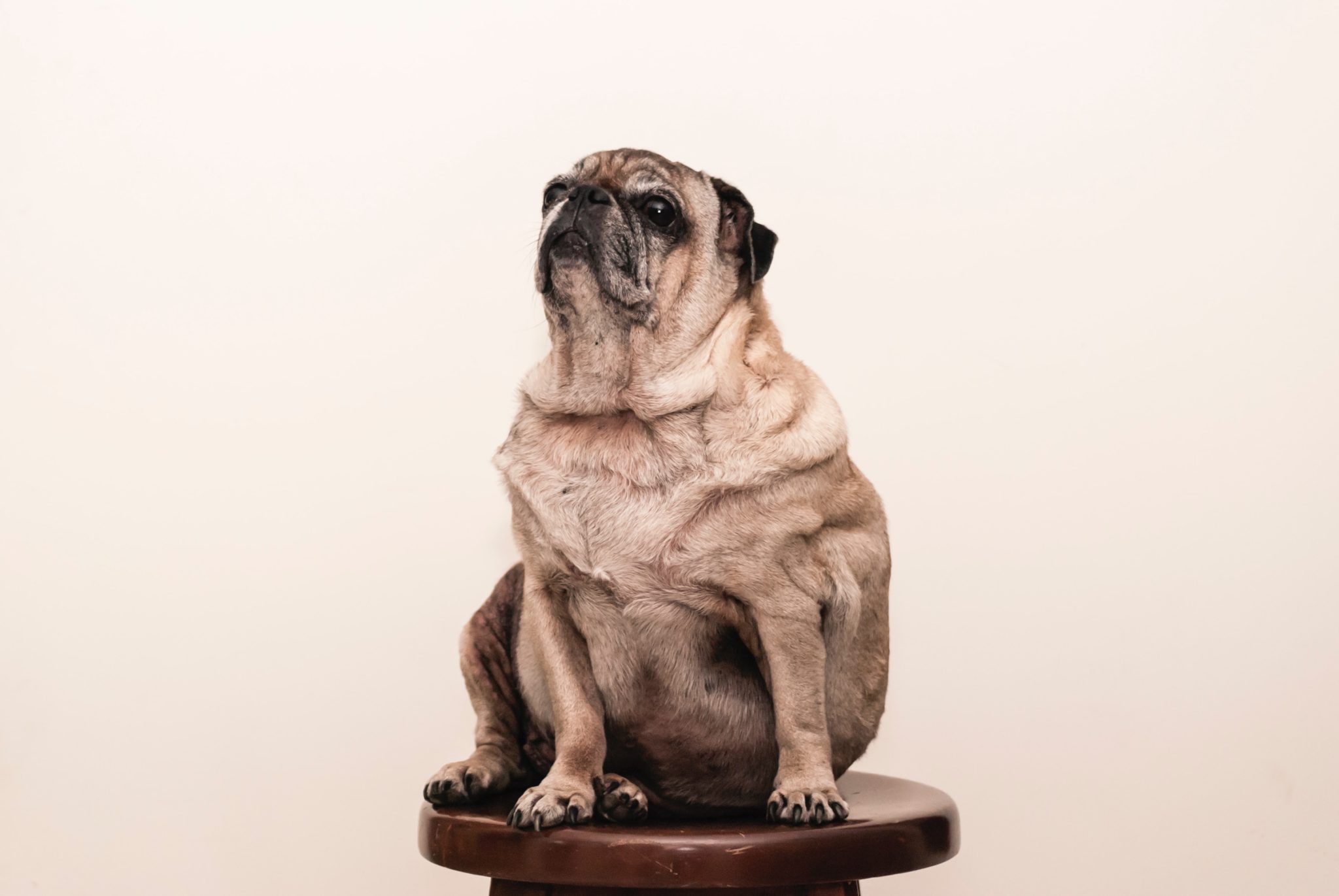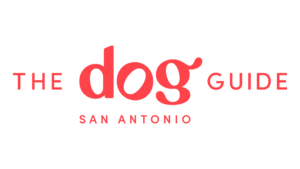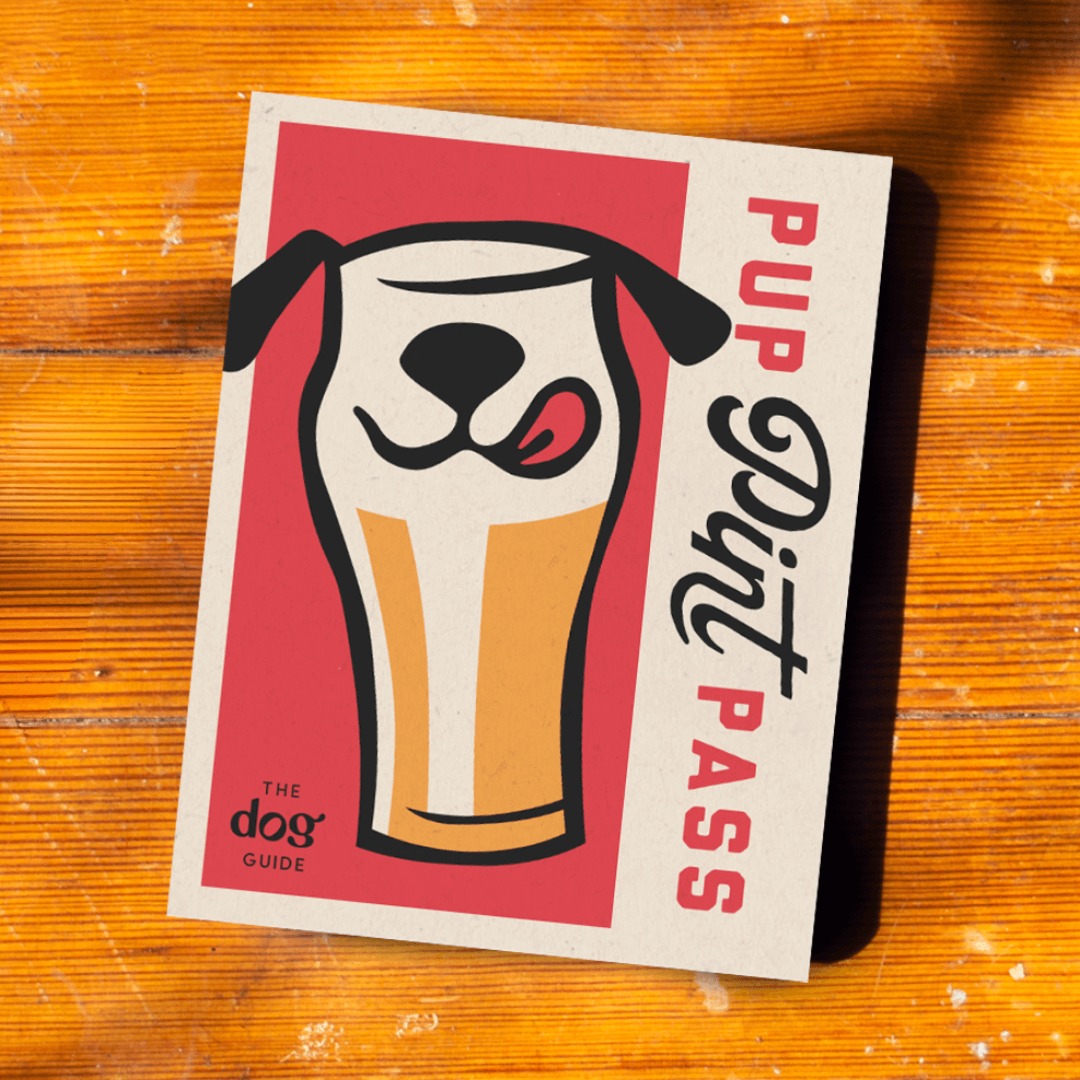
Most of us have spent the past six months sitting around at home, binge-watching shows, and baking. So, it’s not surprising that many of us are slowly venturing back out into the world carrying around a little extra weight–our pets included!
Did you know that 45% of pet dogs in the United States are considered obese? Mobility issues and general comfort and happiness aside, obesity in pets can cause a whole host of serious medical conditions and even shorten the lifespan of your beloved four-legged friend.
The good news is that it is relatively easy to take the weight off of your pets, as long as you adopt a weight loss plan that sets both you and your dog up for success. Here are a few ways to tackle the problem of dog obesity and get your pooch back on the road to health.
Slowly Reduce Portion Sizes
The most obvious place to start making a change is with portion sizes. Free-feeding dogs is generally frowned upon and needs to stop in order to help your pooch lose weight. Consider switching to feeding two to four small portions a day, so that he doesn’t feel like he’s being deprived and to also keep him from wolfing down all of his food in one sitting.
The tendency might be to immediately go from his current portions to drastically reduced portions, but the best thing to do is to slowly decrease his portion sizes over the next few weeks. Metabolism is a tricky thing and if you reduce portion sizes too drastically and too quickly, his body can go into “starvation mode,” and hold onto the weight.
High Protein is the Way to Go
Your vet can advise you on the best type of food for your dog, but much like humans, more protein and fewer carbohydrates will help the weight to come off, while keeping your pooch feeling satisfied. Now, you don’t have to go full-blown Keto on your dog, but do read the nutritional labels carefully. Also, “weight management” formulas of dog food often don’t have the right mix of protein and carbs to help in long-term weight management, so ask your vet if you need help finding a food that will work for your pet.
Eat Less, Exercise More
I know, I know. It’s the advice that we all hate to hear the most, but it’s true. In order to lose weight, we must burn more calories than we take in. So, along with slowly reducing your dog’s portion sizes, begin slowly incorporating more exercise into his routine. That could mean one extra, short dog walk a day, or a longer game of fetch in the backyard. Pick an activity that your dog enjoys and commit to doing more of it.
Make It a Family Plan
If your kids or spouse is sneaking Fido treats or feeding him from the table, you won’t see the weight coming off, so make sure that all members of the family are on board with the weight loss plan. Also, get the family involved in your dog’s exercise routine. More exercise can’t hurt anyone–two-legged or four-legged!
As always, consult with your vet on the best foods to feed to aid in weight loss and also to rule out any medical condition that could be causing his weight gain. Once you get the all-clear from the vet, approach the project as the chance to improve the health and happiness of everyone in the home–not just your dog.
Find more dog-friendly posts below:
6 Foods to Soothe Your Dog’s Tummy Troubles at Home
Demystifying the Big Wide World of Dog Food

